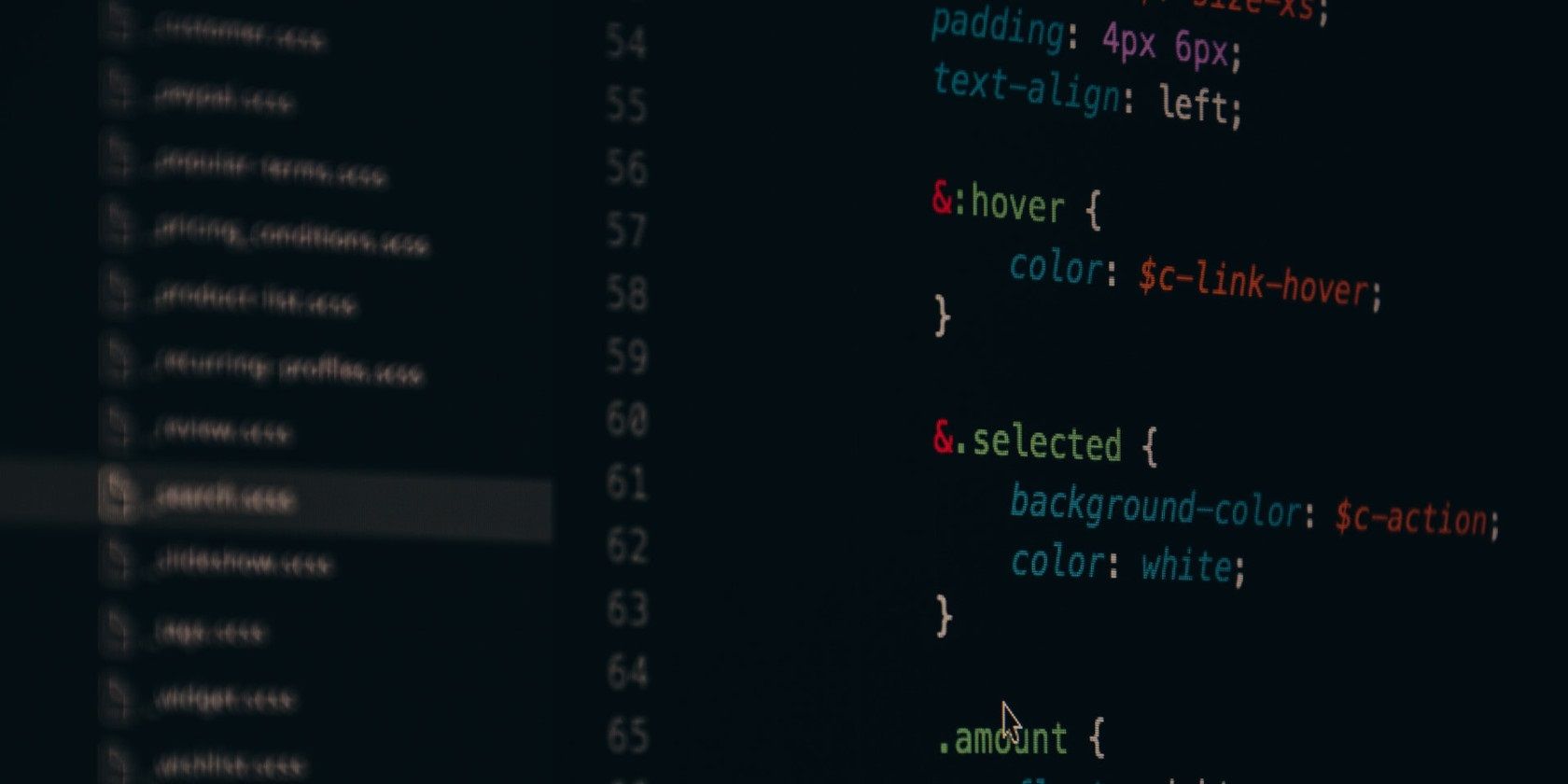
What this means is having a consistent user experience regardless of what you’re using to view it. Responsive design aims, at least, to answer the problem of multiple screen sizes and create a unified system across all types of device, whether it’s a traditional desktop or a tiny smartphone. Responsive design is a response (pardon the pun) to the proliferation of screens and devices that we’re increasingly reliant upon in the 21st century. We’ll also go over some good-to-know best practices when designing them with your prototyping tool. We’re going to run through 30 awesome responsive website design examples so that you can get inspired to start making your own prototypes. That’s why getting your head around all things responsive web design can inspire you to create better designs for the people who matter most: your users. Designing great user experiences for your users means that you must provide a seamless experience that meets their needs - and those needs can change depending on the device they’re using. Responsive design should be standard practice for UX designers. Here are 5 best practices and 30 responsive website examples. We use the following media queries in our Less files to create the key breakpoints in our grid system.Responsive web design helps create seamless user experiences across all platforms and devices. Look to the examples for applying these principles to your code. col-md-* class to an element will not only affect its styling on medium devices but also on large devices if a. Grid classes apply to devices with screen widths greater than or equal to the breakpoint sizes, and override grid classes targeted at smaller devices.If more than 12 columns are placed within a single row, each group of extra columns will, as one unit, wrap onto a new line.For example, three equal columns would use three. Grid columns are created by specifying the number of twelve available columns you wish to span.It's so that content within grid columns is lined up with non-grid content. The negative margin is why the examples below are outdented.

That padding is offset in rows for the first and last column via negative margin on. Columns create gutters (gaps between column content) via padding.Less mixins can also be used for more semantic layouts. col-xs-4 are available for quickly making grid layouts. Content should be placed within columns, and only columns may be immediate children of rows.Use rows to create horizontal groups of columns.container-fluid (full-width) for proper alignment and padding. Here's how the Bootstrap grid system works:
Wrapping text in responsive site designer series#
Grid systems are used for creating page layouts through a series of rows and columns that house your content. It includes predefined classes for easy layout options, as well as powerful mixins for generating more semantic layouts. īootstrap includes a responsive, mobile first fluid grid system that appropriately scales up to 12 columns as the device or viewport size increases.
Wrapping text in responsive site designer full#
container-fluid for a full width container, spanning the entire width of your viewport. container for a responsive fixed width container. Note that, due to padding and more, neither container is nestable. You may choose one of two containers to use in your projects. Containersīootstrap requires a containing element to wrap site contents and house our grid system. Normalize.cssįor improved cross-browser rendering, we use Normalize.css, a project by Nicolas Gallagher and Jonathan Neal. These styles can be found within scaffolding.less.

To ensure proper rendering and touch zooming, add the viewport meta tag to your.

Mobile first styles can be found throughout the entire library instead of in separate files. Instead of adding on optional mobile styles, they're baked right into the core. With Bootstrap 3, we've rewritten the project to be mobile friendly from the start. With Bootstrap 2, we added optional mobile friendly styles for key aspects of the framework.

Include it at the beginning of all your projects. HTML5 doctypeīootstrap makes use of certain HTML elements and CSS properties that require the use of the HTML5 doctype. Get the lowdown on the key pieces of Bootstrap's infrastructure, including our approach to better, faster, stronger web development.


 0 kommentar(er)
0 kommentar(er)
